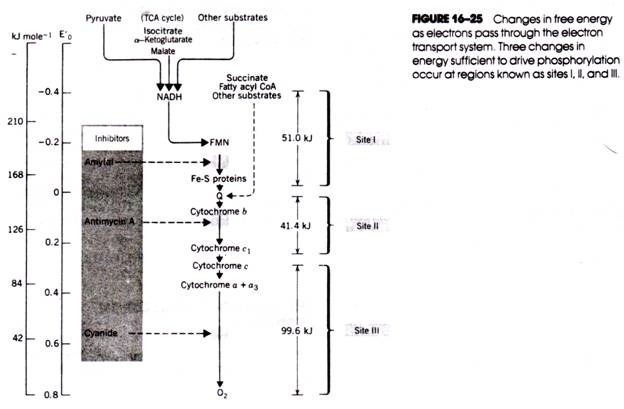ADVERTISEMENTS:
In this article we will discuss about Chirata:- 1. Botanical Name of Chirata 2. Family of Chirata 3. Description 4. Distribution 5. Parts Used 6. Preparation 7. Uses 8. Constituents 9. Adulterants 10. Trade.
Contents:
- Botanical Name of Chirata
- Family of Chirata
- Description of Chirata
- Distribution of Chirata
- Parts Used in Chirata
- Preparation of Chirata
- Uses of Chirata
- Constituents of Chirata
- Adulterants of Chirata
- Trade of Chirata
ADVERTISEMENTS:
1. Botanical Name of Chirata:
SWERTIA CHIRAYITA (Roxb. ex Flem.) Karst
2. Family of Chirata:
GENTIANACEAE
ADVERTISEMENTS:
3. Description of Chirata:
Chirata is a erect annual herb, upto 1.5 mtr. high; stem cylindric below, 4-angled above and slightly winged, dark purple in colour; pith stout. Leaves are alternate, sub sessile broadly lanceolate, acute at both ends, 5-herved, 3-6 cm. long; lower often larger and petioled. Racemes axillary in the upper part of the stem forming a leafy panicle.
Flowers small,bisexual, tetramerous, in small fascicles on the racemes, about 1 cm. across. Sepals 4, lanceolate much smaller than petals.
Petals 4, lanceolate, acute, greenish yellow, tinged with purple, each with 2 glandular depressions near base and hairy above the depressions. Stamens 4, filaments slender, free, Ovary superior, 1-celled, ovules many, parietal; style cylindric, filiform; stigma bilobed. Capsule 5-8 cm. seeds many-angled.
4. Distribution of Chirata:
Chirata grows wild in the Himalayas, from Kashmir to Bhutan at elevations between 1200 – 3000 mtr. and also in the Naga and Khasi hills.
5. Parts Used in Chirata:
The dried plant.
Description of the drug : Available in market as dry entire plants or as broken pieces, dark brown in colour; wood of stem porous with easily separable pith; foot conical; odour indistinct; taste very bitter.
6. Preparation of Chirata:
The plants are uprooted and gathered in fruiting condition, carefully dried and tied in bundles with bamboo strips. These bundles are then packed into bales and exported.
7. Uses of Chirata:
It is used as a simple bitter and also as a medicine. It is a stomachic tonic and febrifuge and possesses antidiarhoetic properties.
ADVERTISEMENTS:
8. Constituents of Chirata:
Amarogensin, Chiratin (a simple glucoside), Chiratogenin, ophelic acid, resin and tanin.
Average dose: 1 gram.
9. Adulterants of Chirata:
ADVERTISEMENTS:
S. angustifolia Linn. S. pulchella Linn, S. corymbosa Benth. and S decussata Linn, are often mixed with S. chirayita. These are less bitter and have little or 110 pitch.
S. chinensis Franchet a smaller herb is a better substitute of S. chirayita.
10. Trade of Chirata:
After meeting the internal demand India exports 70000 kg to 80000 kg of Chirata to other countries, the major part going to West Asiatic countries.

